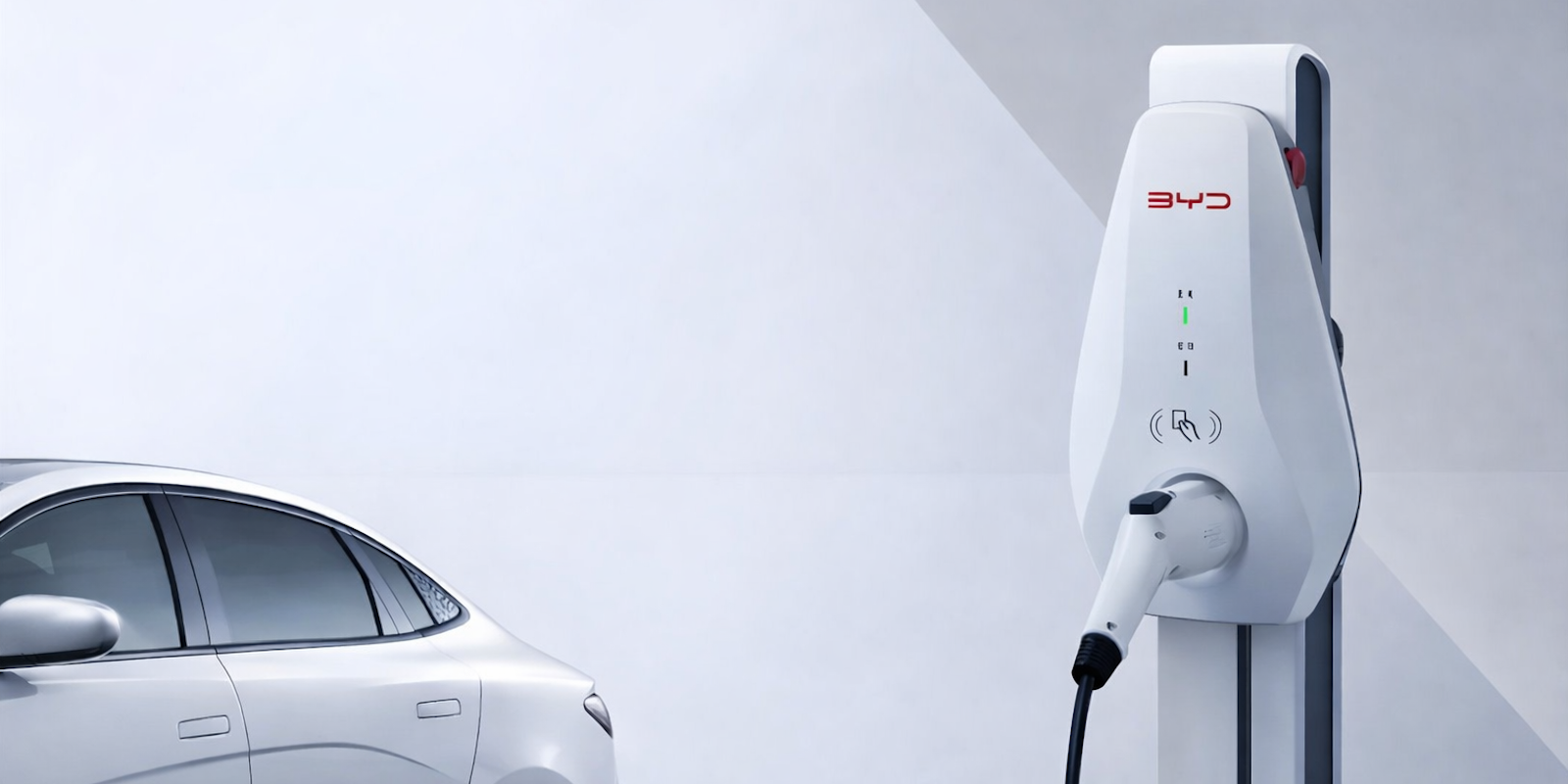Read more of this story at Slashdot.

BYD is taking a page from the Airbnb playbook by launching a home charger sharing system that lets EV owners open up their personal charging equipment to other BYD drivers — and get paid for the convenience.
more…From athletes like Simone Biles and Michael Phelps to scientists like Marie Curie and Albert Einstein, identifying exceptional talent is essential in the science of innovation. But how does talent originate? Did the most talented athletes, scientists, and musicians reach peak performance relatively early or late in their career? Did they forgo mastering multiple sports, academic subjects, and musical instruments to reach world-class performance in only one? In an Analytical Review, Güllich et al. looked at published research in science, music, chess, and sports and found two patterns: Exceptional young performers reached their peak quickly but narrowly mastered only one interest (e.g., one sport). By contrast, exceptional adults reached peak performance gradually with broader, multidisciplinary practice. However, elite programs are designed to nurture younger talent.
That is from a new article in Science by Arne Güllich, Michael Barth, David Z. Hambrick, and Brooke N. Macnamara. Via Atta Tarki. But are they conditioning on a collider? Short players seem to do pretty well in today’s NBA…
The post How to rise to the very top? appeared first on Marginal REVOLUTION.
Despite spending hundreds of millions of dollars to fill vacant medical and mental health positions at prisons and state hospitals, California has little to show for it, according to a new report from the state auditor.

Alexander Smith and Claire Cardona, NBC News:
Online tipsters have had a mixed record when it comes to providing information about mass casualty incidents. But Rhode Island Attorney General Peter Neronha said this Reddit user “blew the case wide open” after posting about their encounter on Saturday with the suspect.
“I’m being dead serious,” wrote the Reddit user, identified in an affidavit as “John,” three days after the shootings at Brown. “The police need to look into a grey Nissan with Florida plates, possibly a rental.”
